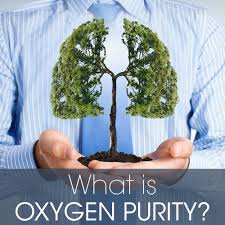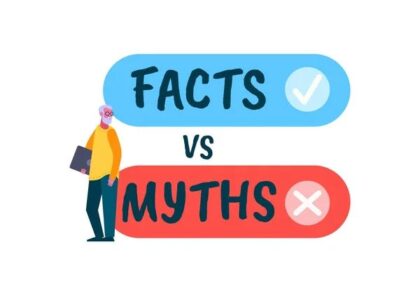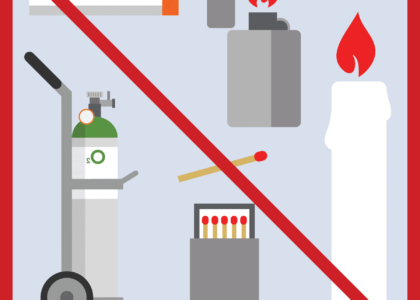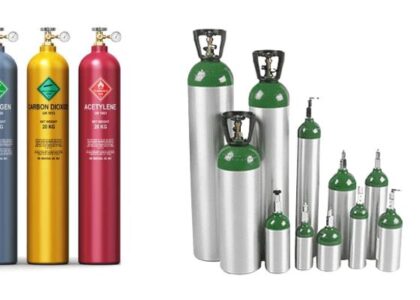Our Role During COVID-19: Oxygen Supply in Crisis Times
Introduction
The COVID-19 pandemic shook the world to its core. While the virus caused widespread health emergencies, it also exposed cracks in medical infrastructure—especially in oxygen supply. For suppliers like us, it was a call to action, a moment when serving humanity became our top priority.
Understanding the Oxygen Crisis
Why Oxygen Was in High Demand
COVID-19 primarily attacks the respiratory system. Patients with severe symptoms struggled to breathe and required immediate oxygen support. The numbers surged so rapidly that hospitals ran out of oxygen within hours.
The Global Shortage of Medical Oxygen
What began as a regional concern quickly became a global emergency. From India to Brazil, the need for medical oxygen skyrocketed. Many countries weren’t prepared, and the consequences were devastating.
Immediate Response and Mobilization
Rapid Procurement of Oxygen Cylinders
We immediately scaled up procurement from authorized manufacturers, ensuring every cylinder was certified for medical use. Bulk purchases helped us meet urgent demands.
Setting Up Emergency Oxygen Supply Chains
Our team worked around the clock to streamline logistics, from securing transport permits during lockdowns to coordinating with hospitals for delivery. Speed became our mission.
Ensuring Oxygen Purity and Safety
Quality Checks for Medical Use
Unlike industrial oxygen, medical oxygen has strict purity standards. Each cylinder was tested for contaminants, moisture, and pressure before dispatch.
Differentiating Medical and Industrial Oxygen
We ensured there was no overlap between industrial and medical oxygen usage. Only authorized medical-grade cylinders were supplied for patient use, preventing any risk to lives.
Supporting Hospitals and Home Patients
Supply to COVID Care Centers
Hospitals faced overwhelming pressure. We provided large volumes of oxygen cylinders and even installed refill stations at critical care centers.
Home Delivery Services for Patients in Isolation
Patients in home isolation needed oxygen too. We introduced doorstep delivery of oxygen kits with safety instructions, helping thousands breathe easier.
Working with Government and NGOs
Collaborating for Resources and Infrastructure
We joined hands with local authorities and non-profit organizations to map demand and deploy supply to the most critical zones first.
Transparency and Real-Time Updates
To avoid panic, we created a transparent system for inventory updates and delivery schedules, building trust in a chaotic environment.
Challenges Faced During the Crisis
Logistics and Transportation
Nationwide lockdowns and curfews made transportation a major challenge. Special permissions, local driver coordination, and 24/7 tracking helped us overcome delays.
Dealing with Panic Demand and Hoarding
Fake bookings, hoarding, and misinformation flooded our communication lines. We fought back with strict verification, fair distribution, and public awareness.
Innovations and Adaptations During the Pandemic
Refillable Cylinder Stations
To reduce wait time, we set up refill stations in high-demand areas, easing pressure on hospitals and making oxygen accessible to the public.
Expanding Local Storage Units
Temporary storage facilities were built to hold extra stock, so even remote clinics had a buffer supply during emergency peaks.
Our Team’s Dedication and Risk
Working Around the Clock
Our staff risked their lives daily—loading cylinders, delivering to hotspots, and coordinating with care centers. No shift ended until every need was met.
Safety Measures for Frontline Workers
We provided PPE kits, regular sanitization, vaccinations, and emergency support to our workforce, ensuring their health while they saved others.
Community Support and Gratitude
Stories of Lives Saved
Many families shared stories of how timely oxygen supply saved their loved ones. These messages reminded us why our work mattered.
Appreciation from the Public
Social media, handwritten notes, and even food packages from grateful families kept our spirits high during the toughest hours.
Lessons Learned from the Crisis
The oxygen crisis taught us that preparation is everything. From better infrastructure to local-level partnerships, we’ve redefined how to handle future emergencies.
FAQs
1. What is the difference between medical and industrial oxygen?
Medical oxygen has a higher purity level and is safe for human use, whereas industrial oxygen is for machines and not suitable for breathing.
2. Did you deliver oxygen during the lockdowns?
Yes, we operated 24/7 with proper government permissions to ensure uninterrupted oxygen supply.
3. How did you maintain safety while delivering cylinders?
Our team followed strict safety protocols, used PPE kits, and sanitized every cylinder before dispatch.
4. Can I use an industrial oxygen cylinder at home during an emergency?
No. Industrial oxygen is not safe for medical use. Always use certified medical oxygen under doctor’s supervision.
5. What changes have you made after COVID-19?
We’ve improved storage, logistics, and emergency planning to be better prepared for future health crises.
Conclusion
COVID-19 was more than a health crisis—it was a test of humanity, resilience, and responsibility. As an oxygen supplier, we were not just delivering gas—we were delivering hope, breath by breath. The journey wasn’t easy, but every life saved made it worthwhile. We’re proud of our role during the pandemic and continue to serve with the same spirit. Preparedness, unity, and compassion remain our guiding lights moving forward.





